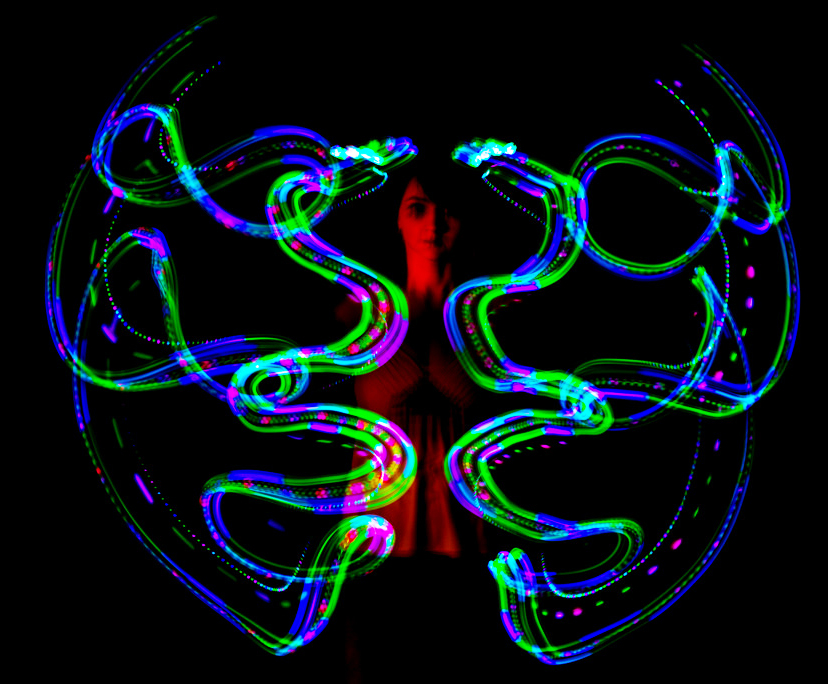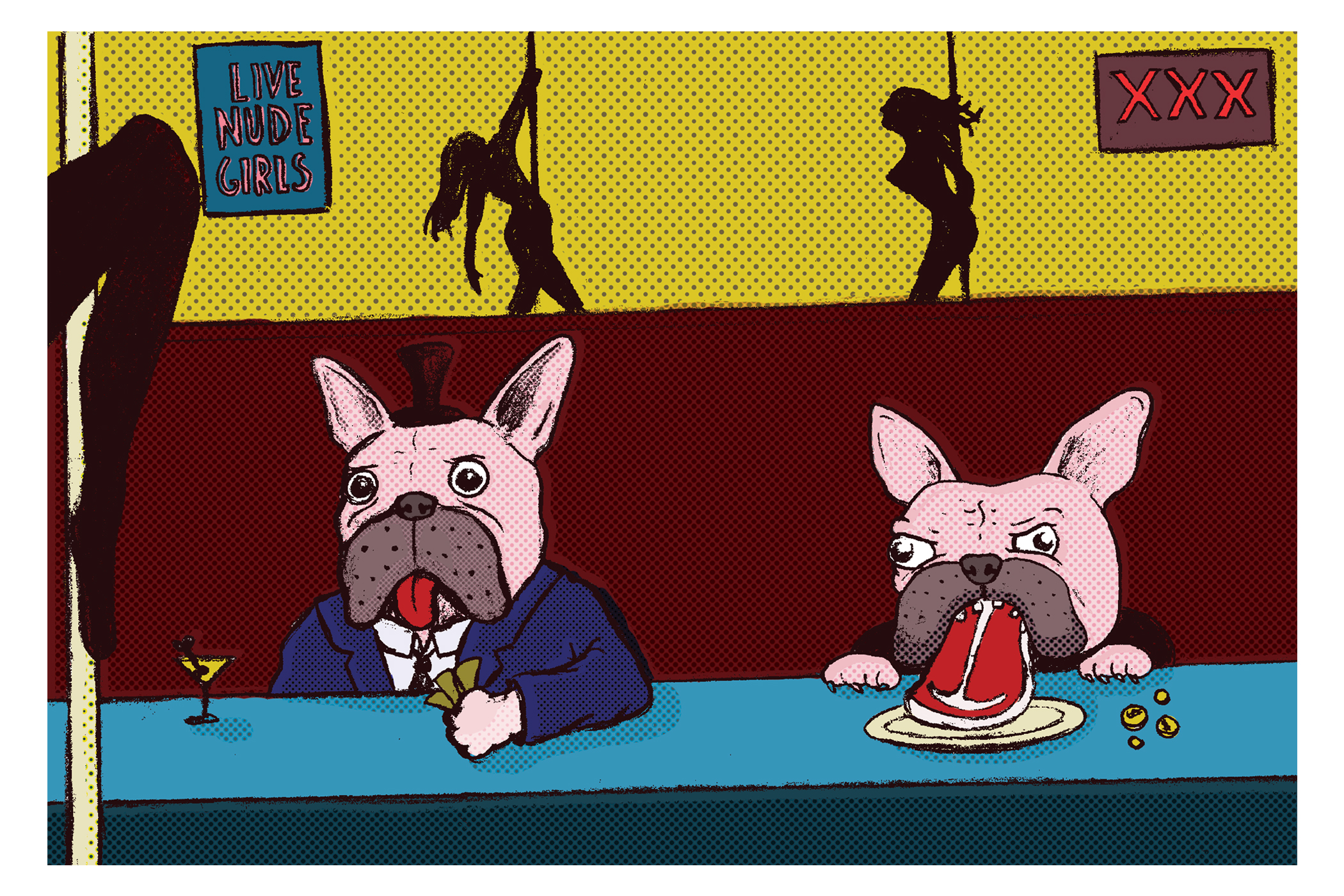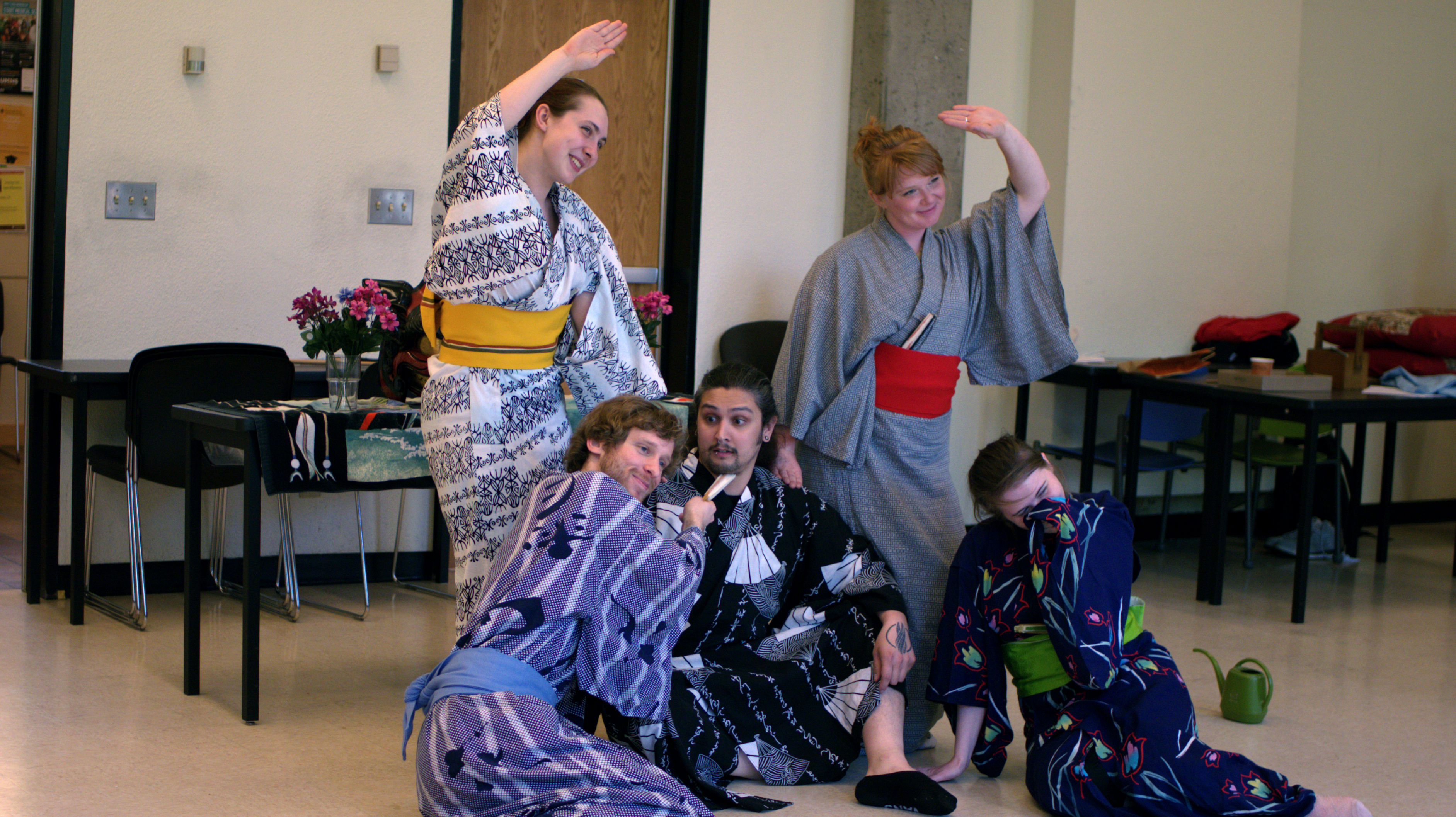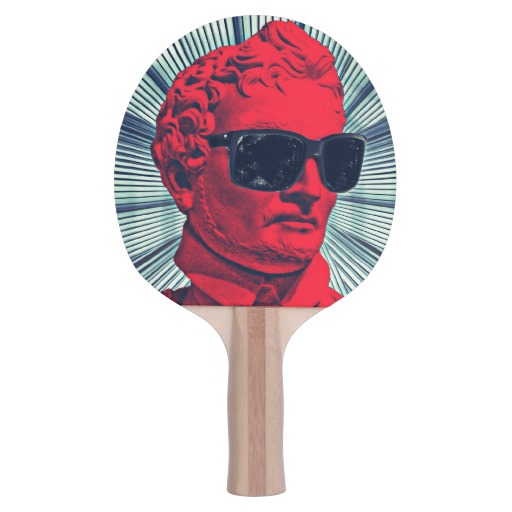The culture surrounding raves and festivals is not just electronic dance music DJs, vibrant costumes and extravagant lights. There is a whole realm of moving human art called “flow art.”
Flow art incorporates dance, lights, hula hoops and even fire. Including physical activity into moving art not only challenges the individual, it gives the audience a show of awe and amazement. Flow artists often give one on one performances to others enjoying the rave or festival, giving the two a unique bond through lights, positive music and energy flow.
In spite of this beautiful form of art, Insomniac Events, the creator of Electronic Dance Carnival, Beyond Wonderland and other major festivals, banned gloving. Gloving is a form of flow art that uses gloves with LED lights attached to the fingertips to create a “lightshow” of different colors and hand formations. The association of drugs and the rave scene was a factor. People also saw it as a fire hazard, because glovers would often give light shows sitting down on the ground, and others may trip over them.
Mihaly Csikszentmihalyi, researcher in positive psychology, described flow as “being completely involved in an activity for its own sake. The ego falls away. Time flies. Every action, movement, and thought follows inevitably from the previous one, like playing jazz. Your whole being is involved, and you’re using your skills to the utmost.”
Brian Lim, founder of EmazingLights (a company who sells gloving products) responded by creating the International Gloving Championship.
“[It] showcases gloving as a sport,” said Lim in an interview with Insomniac Events. “We have judges, and they judge on creativity, musicality, flow—things that make a good light show. We have hundreds of competitors, judges and sponsors, and it really shows that gloving is a lot more than people waving their hands around.”
The glover will give a performance of full, undivided attention for two to three minutes, usually the whole length of a song. This experience is described as hypnotizing. Glovers will get closer and farther away to the individual with their hands, and spin them around, creating a visual story with their finger movement.
Another form of flow art is hula hooping. The hoops are not like the cheap plastic ones that were used in elementary school. Some have colorful LED lights flashing while the hooper flows to the music. Hoopers will flow the hoop not just around their waist but all the way up to the neck down to their ankles. They will spin the hoop up and down their body, creating a fantastic stream of lights enjoyed by the audience around them.
Poi is also a form of flow art, that has originated in the indigenous nations of New Zealand. The present poi dance is less structured than traditional. Dancers will use a weight tied to a string or cloth; this is called the poi. Some weights even include LED lights to create more of the “flow art” effect.
Flow art is enjoyed by thousands if not millions around the world. Many times they have to perform in underground shows due to the banning in bigger festivals. More people should be able to enjoy this as an art form, instead of giving off the stigma that it is solely related to drugs and other hazards.
The creativity and challenge that comes with the art of flow is nearly endless, and more people should appreciate and be able to enjoy this mystical yet beautiful form of art.






